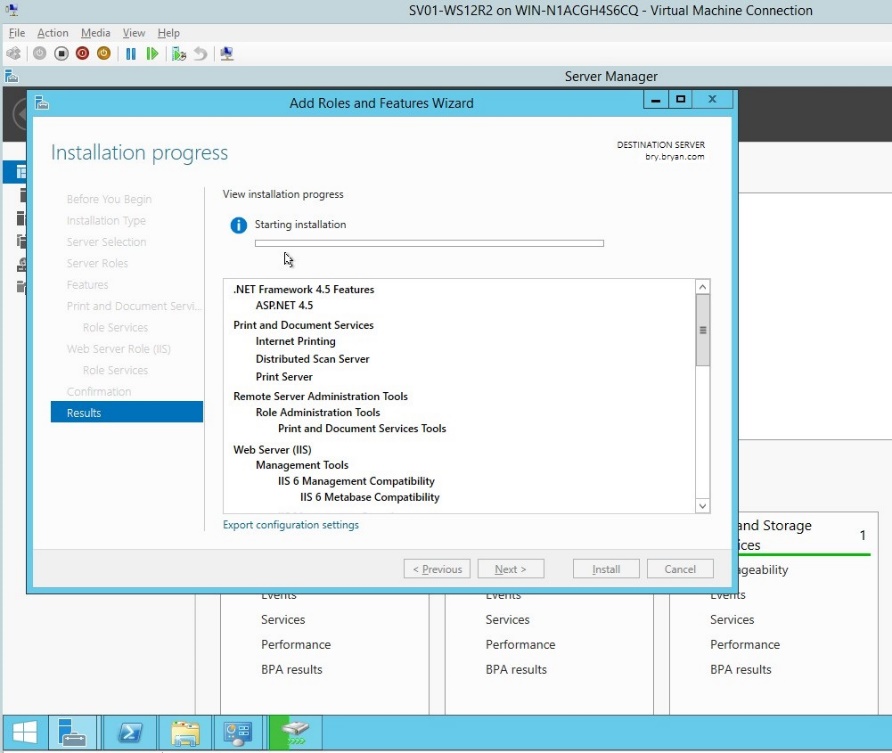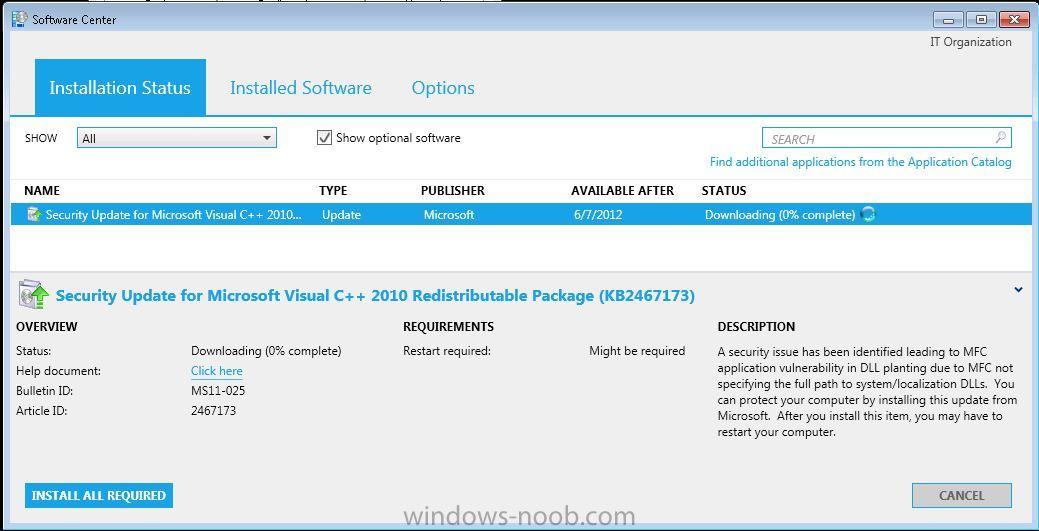

- #OPENZFS HARDWARE REQUIREMENTS HOW TO#
- #OPENZFS HARDWARE REQUIREMENTS MOD#
- #OPENZFS HARDWARE REQUIREMENTS CODE#
However, according to Cantrill this doesn’t pose any problems.
#OPENZFS HARDWARE REQUIREMENTS CODE#
Of course some questions arose about the license: Joyent has copied the GPL-ed KVM code from Linux, while the illumos kernel uses the CDDL (Common Development and Distribution License).
#OPENZFS HARDWARE REQUIREMENTS MOD#
The port didn’t mod the Illumos kernel at all – all the changes live in the KVM module, which is also maintained separately from the Illumos kernel. KVM for Illumos module doesn’t use the deep hooks that the Linux system has (Which are marked as GPL-only) Then you can relax that rule.)Īs for the OK from the FSF lawyer, do you have a first-hand citation for that? Wikipedia or not, I trust my citation more than your or Mr. (Unless you’re a huge company with tons of expensive lawyers. You have to plan for the least favourable interpretation of the legalese, not the most. (It’s not his problem that he’s requiring people to simultaneously follow two mutually-exclusive sets of rules… it just means that any prospective users are effectively operating under “no permission to use granted” conditions.) In fact, as I remember, the main issue is that, by mixing GPL and CDDL, he’s doing the legal equivalent of saying “I grant you permission to use this code as long as X = Y” where there’s a high probability that Y = X+1. Lawsuits are expensive and don’t magically appear as soon as someone violates terms so nobody wants to take that risk of accepting what may be poison for a future “Sun’s code in Linux” lawsuit just because Jörg Schilling didn’t get sued yet. Bryan Cantrill even gave a talk about it to the KVM devs. There is also the case of SmartOS, which is making money with KVM + iillumos. The author is not only *not* being sued, but he claims he received an OK from a FSF lawyer. If you don’t have lots of extra memory to dedicate to just the filesystem, it’s still fast, reliable, and flexible.įUD. It just generally defaults for systems with lots of memory, because it’s mostly used where heavy caching might be useful. It is tunable for lower-memory systems (Say, a 4GB MacBook Air). Contrary to popular belief, you don’t need gobs of extra memory for ZFS to be beneficial. The first one is my preferred one, since it covers more usage scenarios, and stays updated with new releases.Īpple should have put more effort into ZFS, since HFS+ is pretty lousy.
#OPENZFS HARDWARE REQUIREMENTS HOW TO#
There’s a couple great guides on how to do that, too: This is almost immediately apparent when you unpack the ports tree for the first time. It is well worth the extra effort required to use ZFS as root – it’s noticeably faster than UFS2. ZFS + FreeBSD make a great combo, especially since FreeBSD supports it out of the box – no patches or extra packages needed. I’ve been working on something similar for a while for my own project. My own solution would be to have network distributed redundancy rather than adding more redundancy through RAID. However I think it would make some sense to engineer a better solution that explicitly addresses the difference between URE and total drive loss. We could theoretically bump it up to arbitrary levels of disk redundancy at the expense of efficiency.

“RAID 6 provides this, raid 10 does not…Tripple mirror is another option…” This puts the rest of the array at higher risk since it’s possible (if not likely) that another drive has another URE which is valid on the decommissioned drive. RAID cannot easily differentiate between a faulty drive and a good drive containing bad data, so it rejects a drive containing 100%-1 good data because of a single unrecoverable read error. If a single URE occurs, it doesn’t necessarily represent a physical error with the hard drive (power loss, EM radiation, solar flare, etc). IMHO RAID offers good protection for complete disk failures, but it’s ill suited for single occurrences of URE.

“Urecoververable read errors are a fact of life and the ability to recover data from either a second set of parity information or from reconstruct is the a must to get by a URE.”


 0 kommentar(er)
0 kommentar(er)
